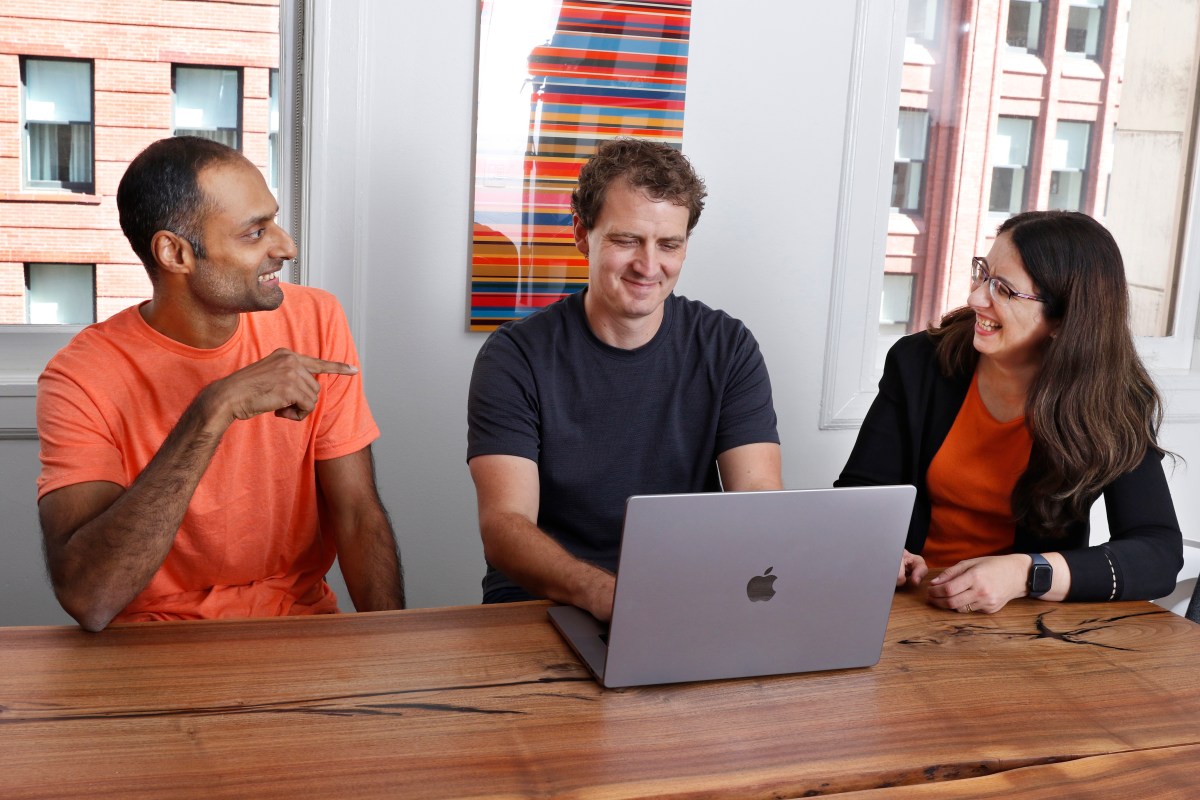Get the latest tech news
Researchers add a ‘twist’ to classical material design. They’ve discovered that crystals can twist when they are sandwiched between two substrates – a critical step toward exploring new material properties for electronics and other applications.
Researchers have discovered that crystals can twist when they are sandwiched between two substrates – a critical step toward exploring new material properties for electronics and other applications.
(Yi Cui/Stanford University) In their experiment, detailed this month in Science, researchers added a layer of gold between two sheets of a traditional semiconducting material, molybdenum disulfide (MoS 2). To study the gold layer in detail, the researcher team from the Stanford Institute for Materials and Energy Sciences (SIMES) and LBNL heated a sample of the whole structure to 500 degrees Celsius. With research spanning particle physics, astrophysics and cosmology, materials, chemistry, bio- and energy sciences and scientific computing, we help solve real-world problems and advance the interests of the nation.
Or read this on r/technology